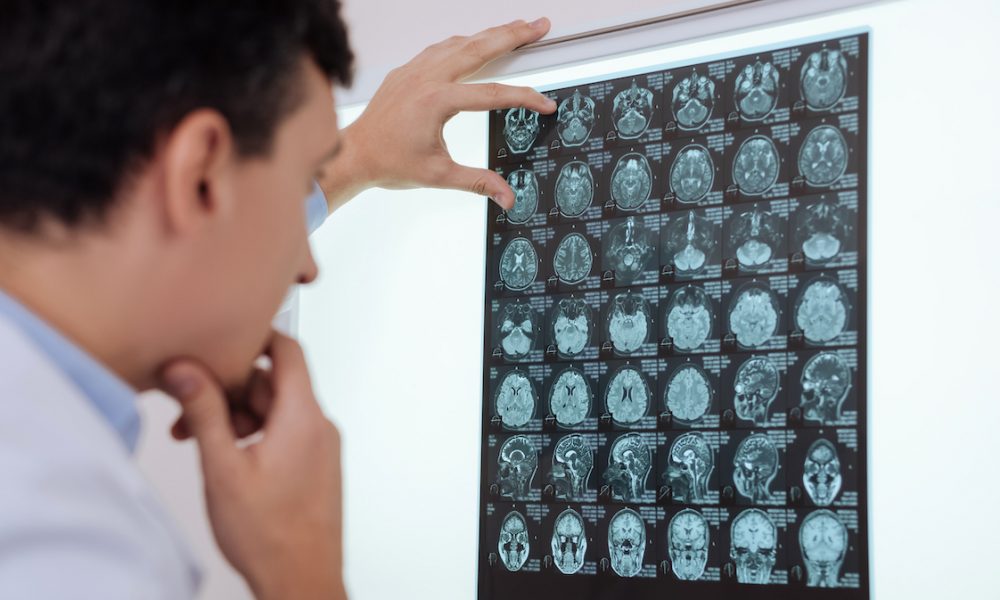Medical imaging is a critical tool in clinical research, providing valuable insights into the structure and function of the human body. Imaging modalities, such as X-ray, computed tomography (CT), magnetic resonance imaging (MRI), and positron emission tomography (PET), have revolutionized diagnosis and treatment in medicine. However, medical imaging also plays a crucial role in clinical research, enabling scientists and clinicians to investigate the underlying mechanisms of disease, develop new therapies, and improve patient outcomes. This article will explore the advancements and applications of clinical imaging.
Advancements in Medical Imaging
The field of medical imaging has witnessed remarkable advancements in recent years, driven by advances in technology and computational power. For example, in MRI, high-field magnets, advanced coil designs, and sophisticated pulse sequences have improved image quality, spatial resolution, and signal-to-noise ratio. Moreover, new MRI techniques, such as diffusion tensor imaging, functional MRI, and magnetic resonance spectroscopy, have enabled researchers to study the microstructural, functional, and metabolic changes in the brain and other organs. Similarly, PET imaging has undergone significant improvements, with the development of novel radiotracers, image reconstruction algorithms, and motion correction techniques. PET can now provide quantitative measurements of regional blood flow, metabolism, and receptor binding, facilitating the study of neurochemistry, cancer biology, and other disease processes.
Advancements in medical imaging have also led to the integration of multiple imaging modalities, such as PET/CT and PET/MRI. These hybrid systems offer complementary information, combining the functional and molecular information of PET with the anatomical information of CT or MRI. Such integrative approaches have shown great promise in cancer diagnosis and treatment planning, as well as in the assessment of neurological disorders.
Applications of Medical Imaging in Clinical Research
Medical imaging has a broad range of applications in clinical research, spanning from basic science to translational and clinical studies. Here are some examples of how medical imaging is used in research:
- Understanding disease mechanisms: Medical imaging can provide valuable insights into the underlying mechanisms of disease by visualizing the anatomical, functional, and molecular changes in the body. For example, MRI can reveal the structural and functional changes in the brain in Alzheimer’s disease, while PET can show the accumulation of beta-amyloid plaques, a hallmark of the disease.
- Developing new therapies: Clinical imaging can also facilitate the development of new therapies by providing a non-invasive and quantitative way to monitor treatment response. For instance, MRI can measure the changes in tumor size, morphology, and vascularity in response to chemotherapy or radiation therapy. Similarly, PET can evaluate the efficacy of cancer immunotherapy by detecting changes in the expression of immune checkpoints, such as PD-L1.
- Improving patient outcomes: Medical imaging can help improve patient outcomes by enabling personalized and precision medicine. By identifying the patient’s unique disease characteristics, medical imaging can guide the selection of the most appropriate treatment and monitor its effectiveness. For example, MRI can identify patients with prostate cancer who are likely to benefit from focal therapy, a minimally invasive treatment that targets only the cancerous tissue, sparing the healthy tissue.
Conclusion
Medical imaging is a powerful tool in clinical research, offering unique insights into the structure and function of the human body. Advancements in imaging technology, such as high-field MRI and hybrid PET/CT and PET/MRI, have enabled researchers to study disease mechanisms, develop new therapies, and improve patient outcomes. With continued research and development, medical imaging has the potential to revolutionize our understanding and treatment of diseases, benefiting patients worldwide.

